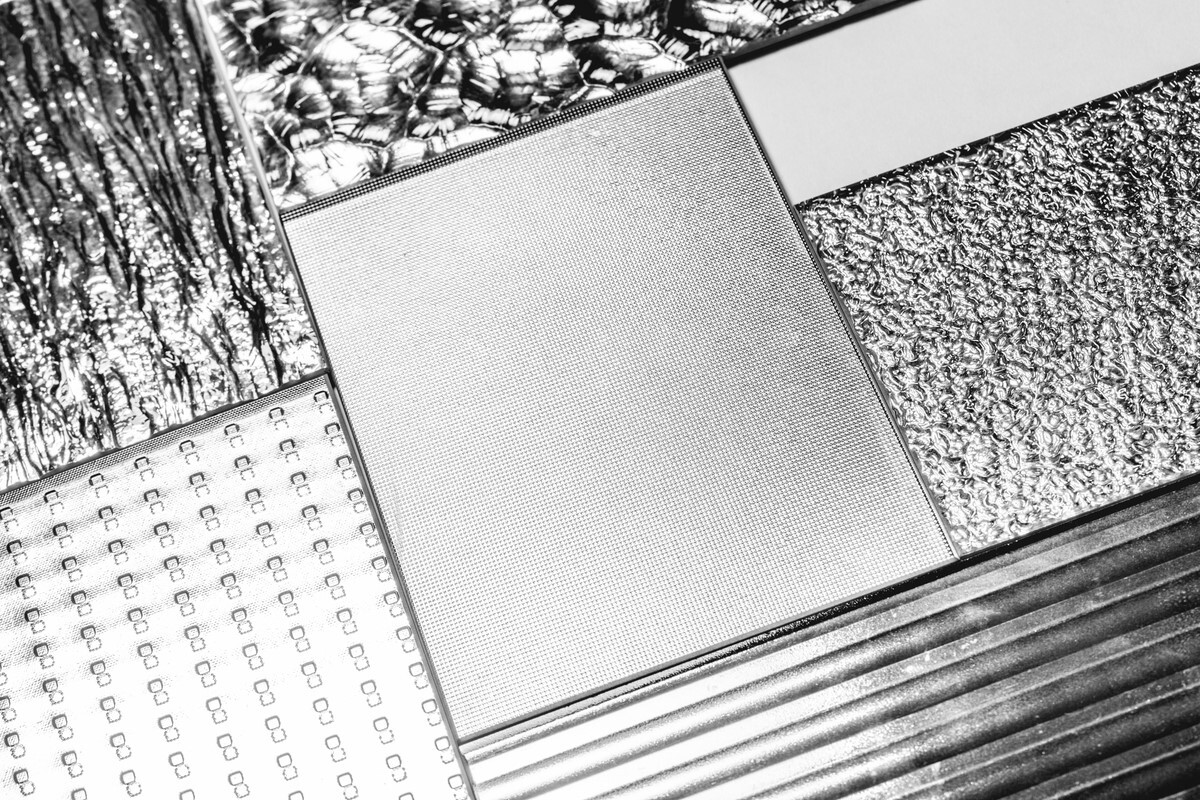

The global non-ferrous market size at present stands at USD 1.18 trillion (2024), which is poised to reach USD 1.75 trillion by 2033, shared Dr Anupam Agnihotri at the recently held International Conference for Non-Ferrous Metals, 2025. The metals leading the path of growth include Aluminium, Nickel, Copper and rare earth elements.

Image for referential purposes only
Amongst all these, from food trays to battery packs, the thin yet mighty aluminium foil has evolved far beyond its conventional kitchen connotation. Now, it’s spearheading a global packaging transformation, with the market projected to leap from USD 29.1 billion in 2024 to USD 48.8 billion by 2034, growing at a CAGR of 5.3 per cent over the next decade. Behind these numbers lies a compelling story of industrial convergence, sustainability pivots, and fierce regional competition, one in which Asia-Pacific continues to dominate.
The aluminium foil industry’s noteworthy market growth lies in its ability to serve multiple markets at once. The largest among these remains food and beverage packaging, which held a commanding 41.3 per cent share in 2024. Its unrivalled barrier properties, protection from oxygen, moisture, and light, make it indispensable for preserving perishables. Yet, the story does not end with snacks and ready meals. The pharmaceutical sector has ramped up usage as well, employing foils in blister and strip packs, driven by the global demand for healthcare packaging that ensures sterility and extended shelf life.
Outside packaging, the foil’s application base is widening. In construction and HVAC, foil’s thermal insulation and corrosion resistance are becoming essential. As governments across Asia and Europe double down on energy efficiency, aluminium foil is being woven into the infrastructure of “green buildings.” In the electronics sector, the foil is increasingly present in flexible circuits, capacitors, and even lithium-ion batteries, giving it a seat at the EV table.
Responses








